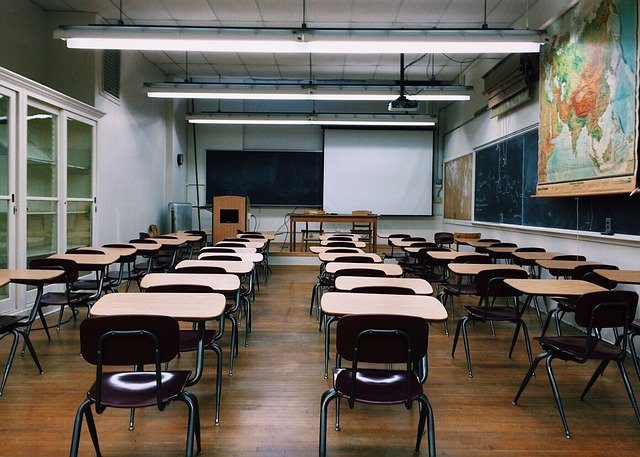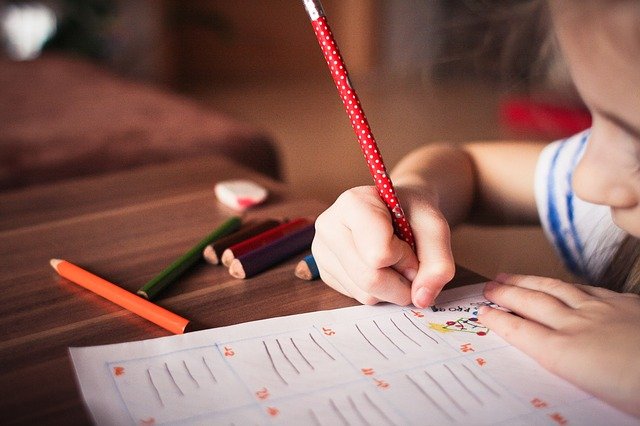
If you have a child with disabilities, you’re not alone: According to the latest data, over 7 million American schoolchildren — 14% of all students ages 3-21 — are classified as eligible for special education services. With this classification comes a set of rights, codified in federal law through the Individuals with Disabilities Act (IDEA), that your school district guarantees to your child. While parents generally advocate for their children, parents of students with disabilities have to advocate a little harder. Here is a set of questions and answers to help you secure what your child needs to thrive.
My son was evaluated at school and we were told he has a learning disability, is eligible for special education services, and we’ll meet with staff members soon to write an “IEP.” What does this mean?
Under the federal law IDEA, all public schools must provide children with disabilities a “free appropriate public education” in “the least restrictive environment.” These two pillars of disability education law are sometimes cited by their initials: your child is entitled to a “FAPE” in the “LRE.” In order to get what is promised by federal law, each child with disabilities has an Individualized Education Plan, or an IEP. This is a written contract between you and your school district that lists all the services, therapies, and accommodations your child will receive to adapt the classroom content to his particular needs.
Why are FAPE and LRE important?
IDEA was modeled on civil rights law. Just like people of color once were barred from “whites only” restaurants or forced to sit in the back of the bus, children with disabilities once were barred from traditional public schools. IDEA says that even children with the most severe disabilities must be offered a free (at district expense) appropriate (individualized to meet their particular requirements) education. Also, that education must be offered in the most inclusive environment that can still meet your child’s academic needs. Restriction is a spectrum: the “least” restrictive would be a classroom for typical children. The most restrictive would be home-schooling or even placement in a residential facility.
Who creates an IEP?
Your child study team, which includes your child’s case manager (the go-to person when you have a concern), the classroom teacher, and the specialists who provide therapies. But the most important member of the child study team is you, and it is typically in this group where you’ll exercise your advocacy muscles.
In most cases, your child study team is your partner in providing your child with all the services, modifications, and accommodations they need to be successful in school. But sometimes things get a little chilly. If so, there are many ways to work things out. You can even bring a friend, a professional advocate, or a lawyer when you meet as a team to review drafts or get updates on your child’s progress. (It’s customary to alert your case manager ahead of time if you’re bringing any guests.)
What is in an IEP?
There are lots of rules about what must be in an IEP. For example, IEPs must include narratives that describe your child’s present levels of academic achievement and functional performance (based on evaluations conducted by specialists); list goals for the coming year; quantify how much of the school day your child will spend with typical children and how many minutes a week your child will spend in therapies (occupational, speech, physical, psychological, social, etc.). Your child’s IEP will even include how he or she will get back and forth to school, if and how a medication will be administered, and whether he or she will participate in afterschool activities. It’s a long document! Here’s a sample IEP you can look at.
How does the child study team decide on where my child will go to school?
Everything comes back to the IEP. After specialists evaluate your child’s current academic levels, you and your team develop the goals necessary for your child to be successful. This includes all the supportive therapies necessary to achieve those goals. Then you look at the best places — the least restrictive places — to implement those goals. Usually this is in the district in a typical classroom, sometimes with an instructional aide, or in a self-contained classroom where all the students have similar disabilities. Sometimes children spend part of the day in typical classrooms and the rest in classrooms where they get more support. In other cases, your team may decide that your child’s services can’t be delivered within the district and will help you select another district or even a private special education school.
What if I think my child needs certain services but my case manager says those services are not available in my school?
That’s a perfect example of the cart leading the horse. The IEP comes first, and then the team determines the placement, not the other way around. If a school can’t provide the services listed in your child’s IEP, then your child must 1) be placed elsewhere or 2) the district must pay the cost to make those services available in-district to your child. By law, the team may not use expense as a reason to not provide services you’ve agreed are necessary.
I have a disagreement with my team about the content of the IEP. I want the goals to be more specific but the team wants them more general.
IEP goals should be “SMART”: Specific, Measurable, Use Action Words, Realistic, and Time-Limited. For example, a smart goal for reading would be, “By the end of the second marking period Joey will read a third-grade level paragraph aloud at 50 words a minute with no more than five errors.” A not-smart IEP goal would be “Joey will improve his reading.” A district would have a hard time arguing before a judge or mediator that goals shouldn’t be SMART.
My team says my child is academically at grade level but I think he needs more support. What can I do?
Your team’s assessment of your child’s functional level of performance must be based on a professional evaluation. If you disagree with the evaluation, you have the right to ask for an Independent Educational Evaluation at public expense. The district can challenge that request through due process — argue to a mediator or a judge that its original evaluation is fine – but parents usually prevail with this request. Typically districts have a list of independent evaluators ready and you can choose from that list. If you want your child evaluated by someone who’s not on the list, you have to pay for it yourself. You can’t ask for more than one independent evaluation per assessment.
What happens if I can’t come to an agreement with my team on my child’s IEP?
The world isn’t perfect. Sometimes parents have to make compromises: an extra speech therapy session a week instead of an aide during gym. But don’t compromise on anything that you feel is essential to your child’s success. If your team can’t reach a consensus on something important, keep it civil but don’t back down. Your first step is bringing a third party, or mediator, to try to help you and your team work out the conflict. If that doesn’t work, you have the right to go to “due process.” This means that you send a letter to your school saying you feel your child’s rights are violated and you would like a due process hearing. Sometimes you need a lawyer. Many states have advocacy groups that can provide them for you. Here is a state-by-state list of Community Parent Resource Centers.
What do I do if my child starts needing additional services mid-year?
You’re the boss. You can call an IEP meeting whenever you feel it’s necessary and ask for changes: additional therapies, an adjustment to curriculum, the services of an aide during a particularly challenging class. Often these mid-course corrections will involve just you and your case manager; if you’re in agreement, he or she will alter the IEP, you’ll sign it, and your child’s educators and therapists will be informed of the changes.
And if all else fails, you can always go to due process. While some parents are reluctant to go on the offense and swear by bringing cookies to every IEP meeting, others bring heavy artillery. Over time you’ll develop your own “IEP style” that will keep your child’s needs front and center.
[NDN/ccn/comedia Links]
News…. browse around here
check this link right here now








 The superintendent of Miami-Dade County Public Schools, Alberto Carvalho, joins Paul E. Peterson to discuss how the district has supported school choice, which includes spreading choice options to communities and creating new programs that meet the needs of students and demands of parents.
The superintendent of Miami-Dade County Public Schools, Alberto Carvalho, joins Paul E. Peterson to discuss how the district has supported school choice, which includes spreading choice options to communities and creating new programs that meet the needs of students and demands of parents.



















